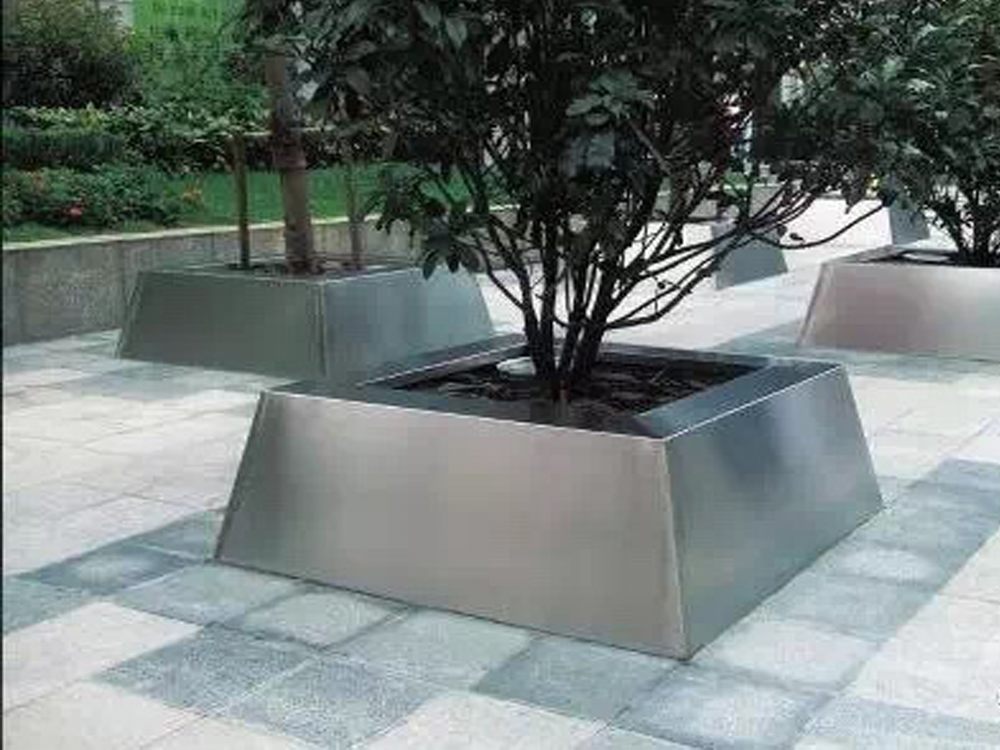
Artists achieve the remarkable illusion of soft edges in hard stone materials through a combination of technical mastery and visual deception. The process begins with careful stone selection, as materials like marble, alabaster, and limestone respond differently to carving tools. Master sculptors employ graduated abrasion techniques, using progressively finer tools to smooth transitions between planes. They create optical illusions through strategic light manipulation - rounded forms catch light differently than sharp edges, tricking the eye into perceiving softness where none physically exists.
The key technique involves "undercutting," where artists carve deeper shadows beneath edges to create the appearance of delicate curves. This method was perfected by Renaissance masters like Michelangelo, who could make marble appear to drape like fabric. Contemporary artists often combine traditional hand tools with modern rotary equipment to achieve even more precise gradations.
Surface finishing plays a crucial role. Polishing certain areas while leaving others matte creates contrast that enhances the soft edge effect. Some artists use chemical treatments to alter the stone's surface properties, achieving remarkable transitions between hard and soft-appearing areas. The final illusion depends on viewing angle and lighting, demonstrating how sculpture exists in dialogue with its environment.

